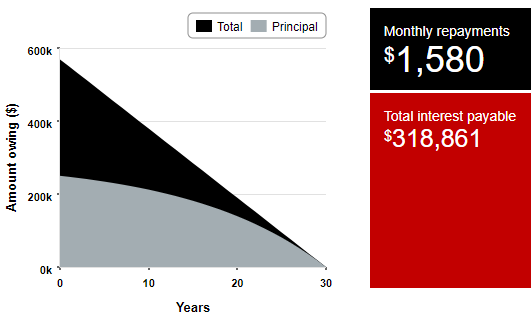A conventional loan is any standard, traditional loan that is not backed by the government. In contrast, an FHA loan is government-insured, meaning that the government will guarantee it.
Because the government guarantees to the lender that your loan (your payments) will be paid back to the lender, there is a higher cost associated with obtaining the FHA loan. This is primarily in the form of an Upfront Mortgage Insurance Premium, as well as through a slightly higher interest rate.
The main advantage to an FHA loan versus a conventional loan is that FHA’s down payment and FICO requirements, as well as qualifying ratios, are not as strict as a conventional loan. If you have between 3.5% and 10% as a down payment, you will need an FHA loan. If you have 10% or more to put down and you are well-qualified, then I recommend getting a Conventional loan. In addition, a conventional loan gives you the option to have or not to have an impound account (see here about impounds), whereas you are forced to have one with an FHA loan.
To give you an “apples to apples” comparison, here are the numbers for the purchase of a $400,000.00 condominium, assuming you have 10%. Your payment responsibilities as a homeowner are:
- Your mortgage payment
- Mortgage Insurance (applicable only when you have less than 20% down)
- Homeowners Insurance, or HOA dues if you’re buying a condo or townhome
- Property Taxes
CONVENTIONAL LOAN:
$360k Loan at 5.25% (APR 5.325%): $1987.93
Mortgage Insurance: $186.00
HOA Dues: estimated $350.00
Property Taxes: $416.67
TOTAL: $2940.60
versus
FHA LOAN:
$360k Loan at 5.5% (APR 5.576%): $2044.04
Mortgage Insurance: $165.00
HOA Dues: estimated $350.00
Property Taxes: $416.67
TOTAL: $2975.71
In addition, FHA has the Upfront Mortgage Insurance Premium, which is 1.75% of the loan amount ($6300.00 in this case) due at closing. This can be financed into the loan or your realtor can negotiate for it to be paid by the seller, but this may affect your purchase price.
Every situation is different, so my goal is to assess your particular scenario and run the numbers and options accordingly to determine what makes the most sense.



Trackbacks/Pingbacks